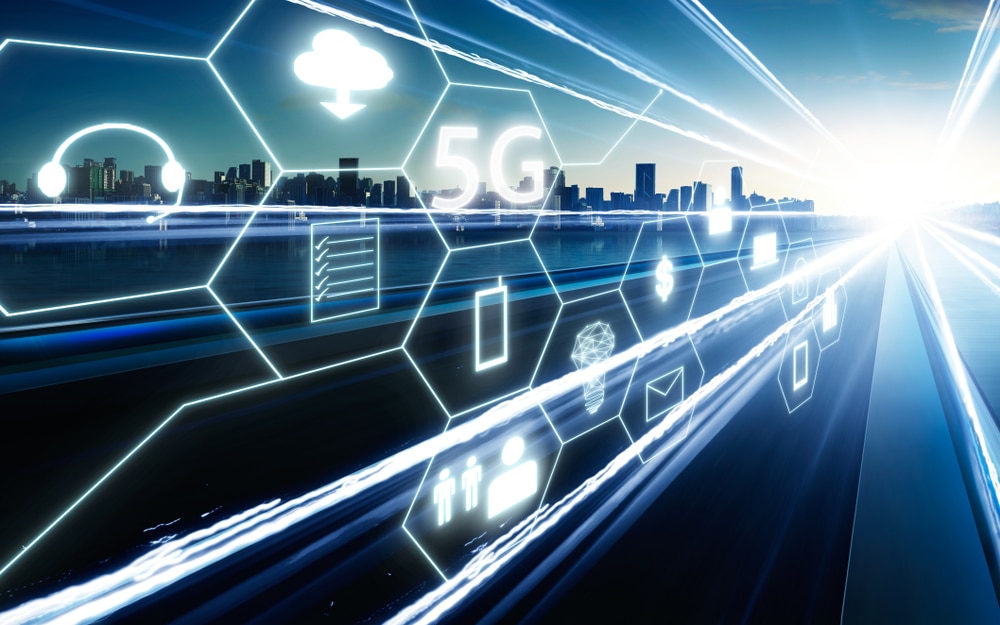
Is 5G Speed Really All That We’ve Dreamed?
There’s a lot of buzz surrounding the term 5G these days. One might think that a 5G network has an additional G or gigabit in speed over a 4G network, but that’s not really how that works. This fifth generation of wireless technology for cellular data networks is supposed to be faster than the 3G and 4G networks most of us are currently using, but what is it all about? Is it mostly hype? What does 5G really mean for the world and our growing reliance on the Internet?
Our Need for Speed
If you’ve ever been in an area with poor cell service or where many people were accessing cellular data at once, you’ve definitely experienced slower speeds. At slower speeds, web pages load slower, videos don’t run smoothly, and it takes longer to download files. Faster networks presumably mean greater bandwidth and speeds for downloading and uploading, as well as a reduction in latency, which is the time it takes to transmit data on a network. The potential for faster connections and the ability to send larger files at greater speeds has huge implications for both personal use and business.
5G Frequency Ranges
When we talk about 5G, we first need to take a look at how it works. 5G operates on three different frequency ranges:
- Low-Band refers to the primary band used by most service providers for LTE. There’s almost no bandwidth remaining for low-band spectrum. This sub-1GHz spectrum has great coverage and penetrates walls superbly, but data speeds generally top out at 100Mbps.
- Mid-Band spectrum can top out at 1 Gbps for speed, but the coverage and wall penetration is inferior to low-band. Technology such as Massive MIMO (which involves grouping multiple antennas on a single cell tower) and beamforming (which sends a focused signal to each user and monitors consistency) can boost mid-band 5G performance.
- High-band, also known as millimeter wave or mmWave offers the highest speeds and lowest latencies for 5G. Peak speeds top out at 10 Gbps. Unfortunately, coverage and wall penetration are extremely poor. Rollout of high-band 5G depends heavily on an infrastructure made of many small cells that can use a wired, fiber optic framework to improve coverage and penetration.
5G Speed Benchmarks
We’ve established that 5G data speeds should be significantly higher than that of 4G LTE, but what can the average user reasonably expect? The peak data rate experienced by a station can range up to 20 Gbps and 10 Gbps for downlink and uplink connections respectively, however, those are the rates shared by all the users connected to a particular station. A cell phone user will see individual speeds closer to 100 Mbps and 50 Mbps.
There are, however, other factors to consider when it comes to 5G speeds. It is expected that 5G standards will involve a more efficient use of available bandwidth while minimizing transmission errors. These networks should also support more connected devices at a time. The standard for 5G is one million connected devices per square kilometer. That’s approximately ten times what 4G LTE networks can currently accommodate. This capacity to handle multiple connected devices has positive ramifications for technological advances such as remote surgeries and the Internet of Things.





No Comments
Sorry, the comment form is closed at this time.